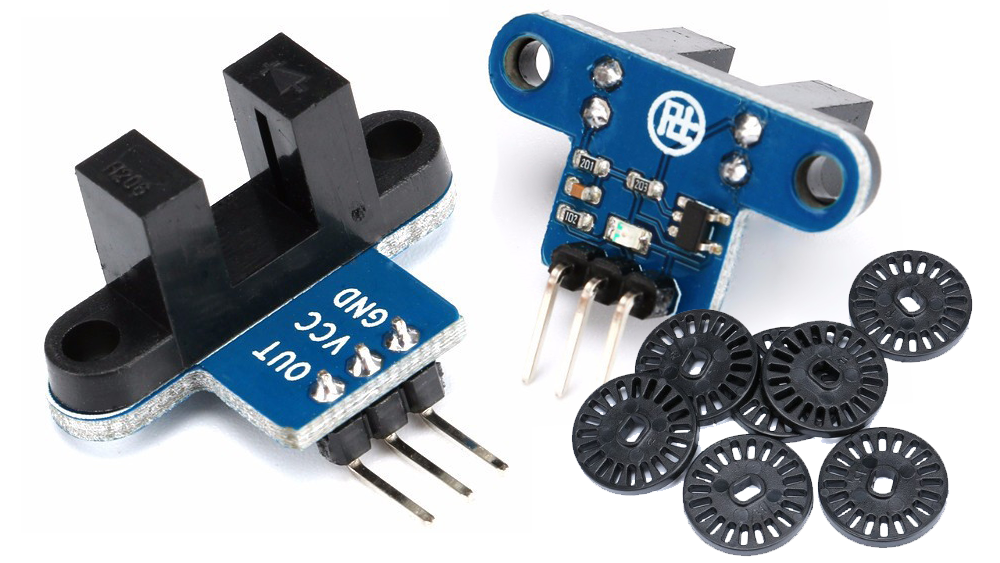Optical encoders have become ubiquitous in modern motion control and precision positioning applications due to their reliable and accurate output. An optical encoder converts the angular or linear position of a shaft or object into a digital signal that can interface with digital controllers and systems. Their non-contact operation and high resolution make them ideal for a variety of industries from robotics and automation to medical devices and aerospace. In this article, we will explore the working principles, common types, and applications of optical encoders.
How Optical Encoders Work
All optical encoders work on the principle of optoelectronics. They have a light source, usually an LED, that shines light onto a scaled reticle or code disk. As the disk rotates or moves linearly, these patterns periodically interrupt the light beam, creating a pulsating light signal. This modulated light beam then falls on a photodiode or detector array that converts the light pulses into an electronic signal. The transitions in this signal correspond to incremental or absolute position values. Additional electronics inside the encoder process this signal to generate output suitable for position feedback control systems.
Common Types of Optical Encoders
Based on their resolution requirements and mounting configurations, optical encoders come in different varieties:
– Incremental Encoders: Provide position information relative to a reference mark. They have low to high resolution and output A, B, Index signals. Used where absolute position isn’t critical.
– Absolute Encoders: Encode absolute position information and retain their value even after power removal. Multitrack encoders have higher resolution and storage capacity for multi-turn applications.
– Linear Encoders: Have scales and readheads like linear scales to directly measure linear movement instead of angular motion. Used for stages, measurements, and precision assembly systems.
Some other variants include hollow shaft Optical Encoders for compact designs, non-contact magnetic encoders, and high-speed rotational and linear encoders. Multi-turn absolute encoders integrate memory chips for storing multi-revolution count values up to 65,000 turns.
Applications of Optical Encoders
Owing to their resolution, accuracy, and non-contact design, optical encoders excel across many industries:
Robotics & Automation: Servo motor feedback in robot arms, CNC machines, pick & place machines, and assembly lines. Encoders provide precise location control.
3D Printing & CNC: For controlling printer heads and tool movement in 3D printers and CNC routers/mills. Linear encoders on X-Y-Z stages enable micron-level positioning.
Medical Equipment: In operating tables, imaging devices, and surgical devices like endoscopes for delicate procedures requiring repeatable precision movement.
Semiconductor Production: For wafer handling, metrology systems, and lithography stages in semiconductor manufacturing. Stringent accuracy needs are met.
Aerospace: In flight control systems, landing gear mechanisms, and aircraft testing equipment. Optical encoders withstand harsh environments.
Automotive: For transmission components, steering systems, autonomous driving sensors and advanced driver-assistance systems (ADAS). Reliability under vibrations is key.
Optical Encoders Deliver Unmatched Performance
With digital counting techniques and constant miniaturization of components, optical encoders continue scaling new heights in resolution—from microns to nanometers. Multi-turn versions allow measuring revolutions beyond the limited range of traditional potentiometers orresolvers. Absolute encoding eliminates the need for homing routines during startup.
Their non-contact design ensures longevity unattainable through mechanical components. Self-contained optics eliminate misalignment issues. Operating flawlessly over wide temperature ranges, optical encoder feedback empowers precision motion control in the most demanding roles across industries. Ultimately, optical encoder technology will keep revolutionizing automation by precisely tracking both linear and rotary motions at an ever-increasing resolutions.
*Note:
1. Source: Coherent Market Insights, Public sources, Desk research
2. We have leveraged AI tools to mine information and compile it.



